
Anti-corrosion of ISUZU fire trucks is very important, because fire trucks often need to face various harsh environmental conditions and chemical substances, such as humid climate, strong acids and alkalis, etc. If the Isuzu fire truck does not take effective anti-corrosion measures, the metal parts will be affected by corrosion, resulting in damage to the vehicle body structure and reduced functionality. This will seriously affect the reliability and service life of the Isuzu fire water truck, and will also endanger the life safety of personnel and the effectiveness of fire extinguishing. Therefore, regular anti-corrosion maintenance and upkeep of Isuzu fire water trucks is crucial. This includes the repair and renewal of coatings, maintenance and cleaning of paint surfaces, anti-rust treatment of metal parts, etc. Through effective anti-corrosion measures, fire trucks can be protected from corrosion, extend their service life, and ensure that they are always in good working condition, thereby ensuring the smooth progress of Isuzu fire rescue work.
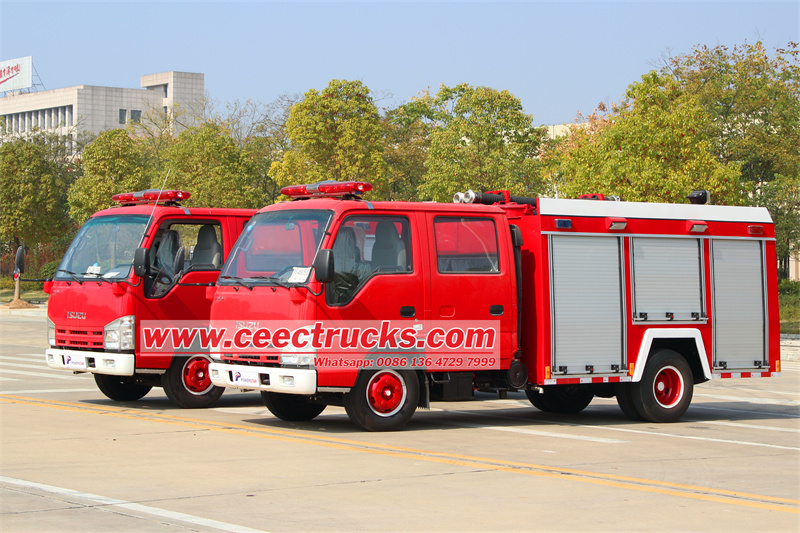
1. Common forms of corrosion
A.Pitting corrosion
During the use of Isuzu fire fighting trucks, a form of corrosion that often occurs is pitting corrosion, which is also harmful to Isuzu fire trucks.A type of corrosion that is highly destructive and often appears on fire trucks in coastal areas. This is mainly because coastal areas.The air environment in which the district Isuzu fire water trucks are located contains a large amount of chloride ions. These chloride ions promote the occurrence of pitting corrosion.It is easy to cause metal materials such as aluminum alloy or stainless steel on the surface of the Isuzu fire water truck to be corroded and damaged by the action of chlorine ions.
B. Crevice corrosion
Isuzu fire water trucks can have crevice corrosion problems in the following places. One is the attachment on the metal surface of the fire truck or sediments, including sand, dust, etc., will cause crevice corrosion; second, non-metallic and metal fire trucks.In the connection area, most fire trucks in my country are currently manufactured using steel materials, with appropriate use of glass, rubber and plastics and other nature materials, so fire trucks have many connections between other materials and metals.It is agreed that crevice corrosion occurs; third, the threads, welding and riveting on the vehicle connect the metal structures.Square, crevice corrosion is also common.
After crevice corrosion occurs in fire trucks, it will reduce the strength and performance of related parts and affect the relationship between various components.The degree of connection fit and the increasing crevice corrosion of objects will continue to increase the impact of corrosion products on fire trucks.Local stress effects undoubtedly increase the difficulty in assembling fire trucks.
C. Galvanic corrosion
Galvanic corrosion occurs when there is a conductive connection between two pieces of metal with different electrical potentials.When exposed to moisture (electrolyte), active metals (low electrode potential) will be corroded.This corrosion phenomenon is called "galvanic corrosion", also known as "dissimilar metal contact corrosion". Galvanic corrosion of Isuzu fire water trucks in use.Corrosion often occurs where different metals are connected or in contact. This is mainly because the manufacture of Isuzu fire rescue trucks not only uses.Steel materials and some other metal materials are also used. When different metal materials are connected and contacted, due to the existence of electricity.Potential difference, once there is a large potential difference, galvanic corrosion will occur, and the degree of corrosion is proportional to the potential difference.
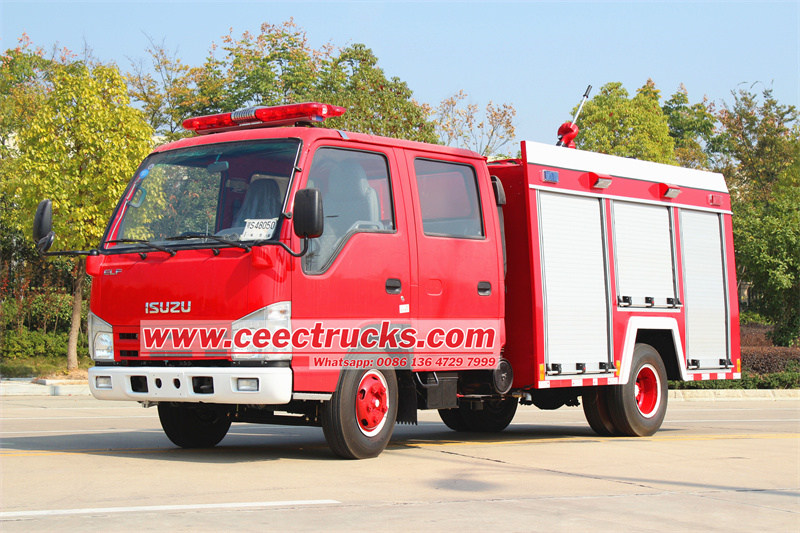
2. Treatment measures
A. Effective Isuzu fire fighting truck corrosion protection measures
(1) Anti-corrosion of steel components
The main load-bearing components of fire trucks (such as booms, turntables and subframes) are still mainly made of steel. Want to achieve elimination.To achieve good anti-corrosion performance of the vehicle, it is necessary to do a good job in the corresponding corrosion protection design of the steel structure. effective fire protection.Vehicle corrosion protection design can start from the following two aspects to achieve anti-corrosion purposes.On the one hand, metal contacts or connections should be avoided as much as possible during the overall design process, which can effectively.To prevent pitting corrosion, use insulating clips and other effective insulation measures when metal joints are involved to reduce the occurrence of corrosion problems, a reasonable non-metallic layer is designed taking into account the application conditions of cathode materials and anode materials coverage, and try to avoid designing small cathode or large cathode structures. The replacement operation is simple and low-cost.The anode material can achieve effective cost control and reduction on the basis of anti-corrosion effect.
On the other hand, when designing connection problems, galvanic corrosion and crevice corrosion factors must be fully considered.For threaded and riveted connections, use welding with better anti-corrosion properties. For some places that require lap welding,in order to adopt a butt welding method that can effectively prevent corrosion, it is worth noting that the welding must be thorough when welding.Only on this basis can corrosion phenomena caused by gap problems be avoided. Target some edges in the weld Sharp corrosion hazards, flexible use of vertical welding technology to minimize corrosion hazards.The safety of Isuzu fire water tank trucks is mainly reflected in the load-bearing safety of the Isuzu fire truck chassis and body frame.Metal or metal products are prone to chemical or electrochemical reactions with their surrounding media, causing the metal to be corroded, damaged and corroded.The metal loses its original appearance and metal products lose their functions and are scrapped. Ensure the corrosion resistance of Isuzu fire trucks and improve productivity.To ensure the quality of the fire truck, extend the service life of the fire truck and ensure the safety of the Isuzu fire water tank truck, the manufacturer must ensure the fire truck body.In order to achieve near-perfect painting, the Isuzu fire truck’s internal and external surfaces were fully painted.
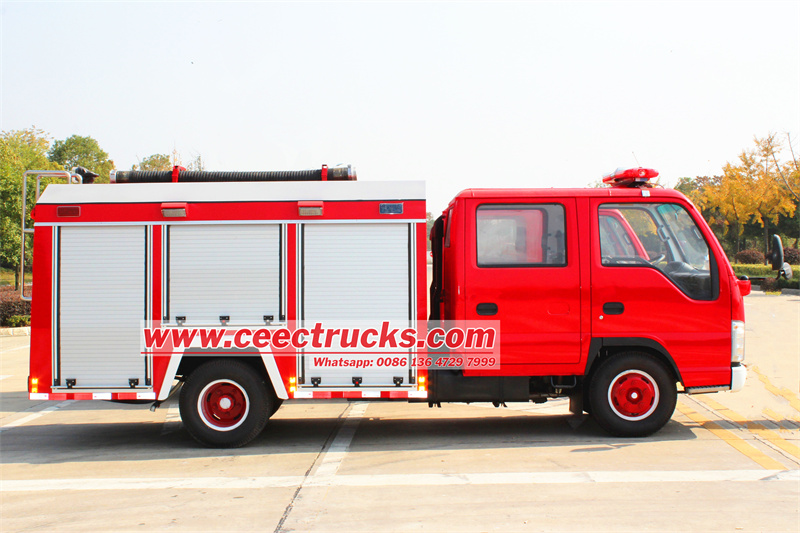
(2) Anti-corrosion measures in fire-fighting liquid tanks
The fire fluid tank is a container used to store water, Class A foam liquid or Class B foam liquid. It is an important part of the fire truck pieces. Once leakage occurs, it will affect the use of the vehicle. Nowadays, the material of firefighting liquid tanks is mainly 304 stainless steel host. Due to the different acidity, alkalinity and electrolytic properties of water, Class A foam liquid or Class B foam liquid, they need to be stored during storage.Different anti-corrosion measures should be used. Each is explained below.
First of all, there are problems such as weld gaps and welding slag during the welding construction process of the tank, which are harmful to the anti-corrosion of the tank.It is relatively large, so during the construction process and after the welding is completed, the welds and welding slag in the tank must be fully processed in a timely manner.We know that when the gap is between 0.025-0.1mm[1], the sensitivity of crevice corrosion will greatly increase; welding fly Splash will destroy the passivity of the stainless steel surface, causing the stainless steel to be partially activated and become a thin layer for pitting corrosion to occur.
Weaknesses: During the processes of blanking, bending, and transfer, it is inevitable that certain damage will be caused to the surface of the stainless steel.Destroy, causing stainless steel to be contaminated by iron ions and cause pitting corrosion. After the tank welding is completed, it is necessary to enter the inside of the tank.Clean up the welding nodules, welding slag, spatter, oxide scale, etc. produced by welding to create a good foundation for coating anti-corrosion.Engineering basics. After cleaning the weld, use sealant to fill the intermittent weld to prevent water or foam from entering the weld.
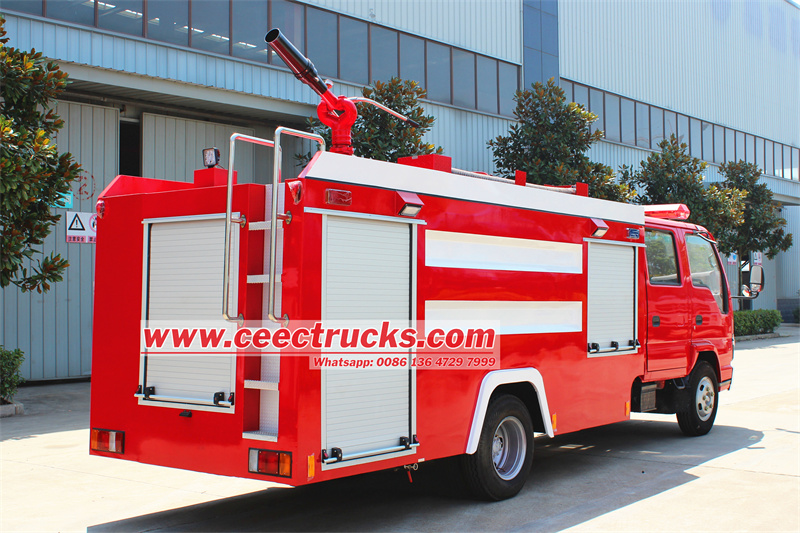
Anti-corrosion treatment in water tanks: Fire-fighting tanks generally store tap water, which is often replenished nearby during fire rescue.Rivers, lakes and other natural water sources. Generally, tap water is disinfected with chloroform, which will inevitably contain some Charged chloride ions, and there are more impurity ions in natural water sources such as river water and lake water. These water will be directly.Filling stainless steel water tanks accelerates the corrosion of stainless steel. Therefore, the water tank should be anti-corrosion, mainly.The method is to use coating to prevent corrosion. Since the water stored in fire water tanks can not only be used to extinguish fires, it may also be used in disaster relief.
Since drinking water is transported to China, the coating used for internal anti-corrosion should be non-toxic. H52-33 type epoxy anti corrosive paint.The paint film is tough, resistant to salt, alkali and water, and has good resistance to salt spray and damp heat. It is used for industrial steel equipment and pipes.The protection of pipelines, drinking water systems and water treatment systems meets the requirements for internal anti-corrosion of fire water tanks.
Anti-corrosion treatment inside the foam liquid tank: Generally, the foam liquid tank is made of stainless steel. After the fire-fighting liquid tank is welded its.
Anti-corrosion process: oil removal, pickling, passivation, cleaning, neutralization and paint treatment. After the welding of the tank square box is completed. The surface, upper cover plate and weld bead are pickled and passivated, the upper cover is welded, and the edge weld bead is passivated. The foam liquid will react chemically with the epoxy asphalt coating, causing the epoxy asphalt coating to fall off in pieces, so the foam will disappear.Liquid-proof tanks cannot be anticorrosive with epoxy asphalt paint, and anticorrosive paint should be used.
(3) Anti-rust requirements for connecting parts
Connectors are mainly components that realize the connection between parts, such as bolts, screws, rivets and other connecting fasteners, and pins. Connectors are all stress-bearing parts, and effective surface treatment methods should be used to avoid rust, which may cause unreliable connections or even cause connection failure and loss of vehicles. These parts generally do not use paint surface spraying, but use surface treatment technology. There are mainly galvanizing, chromium plating, Dacromet and QPQ treatment methods.
Electroplating process: The process of using electrolysis to form a uniform, dense, and well-bonded metal or alloy deposition layer on the surface of a workpiece. Mainly galvanized and chrome plated. The coating adopts electro-galvanizing process and color passivation treatment. The corrosion resistance of the passivation film is tested according to the neutral salt spray test (NSS) method. Within the test time of 120 hours, there should be no red color on the surface of the sample. Corrosion products or yellow corrosion products appear. The corrosion resistance of electroplated hard chromium parts is tested according to the neutral salt spray test (NSS) method. Within the test time of 96 hours, there should be no red corrosion products or yellow corrosion products on the surface of the sample.
QPQ means "Quench-Polish-Quench", which is the salt bath composite treatment technology, which refers to the process of oxidation, polishing and re-oxidation after salt bath nitriding. The test is carried out according to the neutral salt spray test (NSS) method specified in GB/T 10125. Within 160 hours of the test time, no red corrosion products or yellow corrosion products should appear on the surface of the sample.
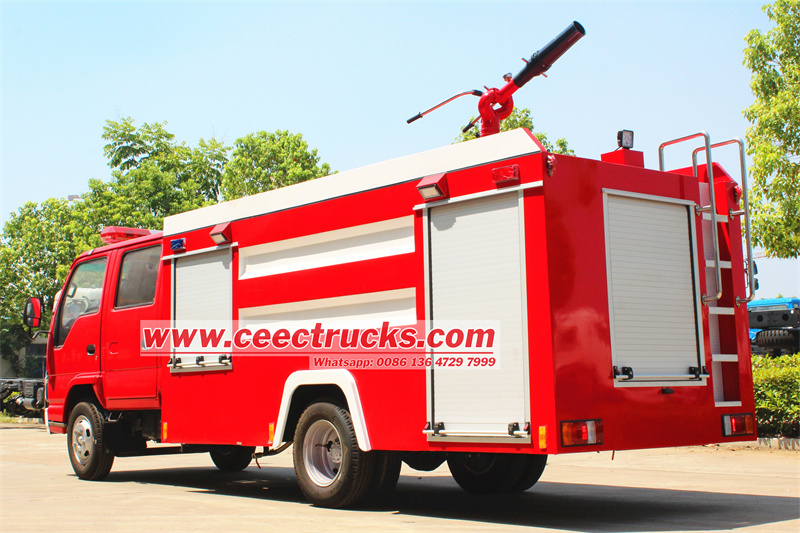
The Dacromet process, also known as "zinc-chromium coating", refers to dipping, brushing or spraying water-based zinc-chromium coatings on the surface of steel parts or components. After baking, the flaky zinc and zinc chromates are formed. Mainly composed of inorganic anti-corrosion coatings. The corrosion resistance of Dacromet treated parts is tested according to the neutral salt spray test (NSS) method. Within the test time of 1000 hours, there should be no red rust on the surface of the sample.
Bolt and screw connections. In addition to using stainless steel, the main surface treatment processes include blackening,Galvanizing, chrome plating, dacromet process. Grade 8.8 bolts, screws, grade 8 nuts, spring washers (specification ≤12).For standard fasteners such as flat washers and springs and non-standard fasteners, taking into account cost factors, electro-galvanizing is preferred.Art, color passivation treatment. Bolts and screws of grade 10.9 and above, nuts and spring washers of grade 10 and above (standard Size ≥14) and parts that require strict control of dimensional errors can only use the Dacromet process.
Pin surface treatment requirements and precautions. Since the surface of the pin shaft generally bears large forces, the surface is.It should have the effect of enhancing surface hardness, so the surface treatment of pins should be electroplated hard chromium and QPQ processing technology.Hard chromium plating: roughness requirement Ra≤0.8, pins and shafts that need to be reserved for grinding, surface.The hard chrome plating process is used for processing; the absolute value of the dimensional tolerance of the drawing is ≤0.05, and a margin needs to be reserved for grinding the pins.For shaft parts, the surface treatment adopts hard chromium plating process; the assembly accuracy is high during assembly and use, and it often occurs.For worn pins and shafts, use hard chromium plating for surface treatment; drawing size diameter <20mm, length>.For pins and shafts within the 300mm range, considering factors such as high-temperature deformation, hard chromium plating is used as the surface process.QPQ processing: The absolute value of the drawing dimensional tolerance is >0.05, no processing allowance is left, and no processing is required after processing.For pins and shafts, the QPQ process is preferred for surface treatment; the roughness requirement is ≥1.6, and no machining allowance is left.For pins, shafts, etc. that do not need to be processed later, the QPQ process is preferred for surface treatment.
B. Application of new corrosion-resistant materials
In recent years, with the rapid development of science and technology in our country, undertakings in various fields have achieved certain reforms and developments. The fire truck manufacturing industry is no exception. More and more high-strength metal materials are being applied to the structure of fire trucks. These high-performance materials increase the operating performance of fire trucks and improve corrosion prevention capabilities. The scientific and rational application of corrosion-resistant materials can significantly improve the anti-corrosion capabilities of fire trucks. The body of the fire truck is made of galvanized steel, which not only increases the corrosion resistance of the fire truck, but also effectively extends the service life of the fire truck. Driven by the green design and manufacturing of national products, materials with light density and strong corrosion resistance such as aluminum alloys and composite polymer materials are gradually being used in Isuzu fire engine trucks. Aluminum alloy is used in the body of the Isuzu fire truck, and composite polymer materials are used in the fire fluid tank and body of the Isuzu fire water truck, taking advantage of the light weight and good corrosion resistance of the material to improve the reliability of the fire truck.
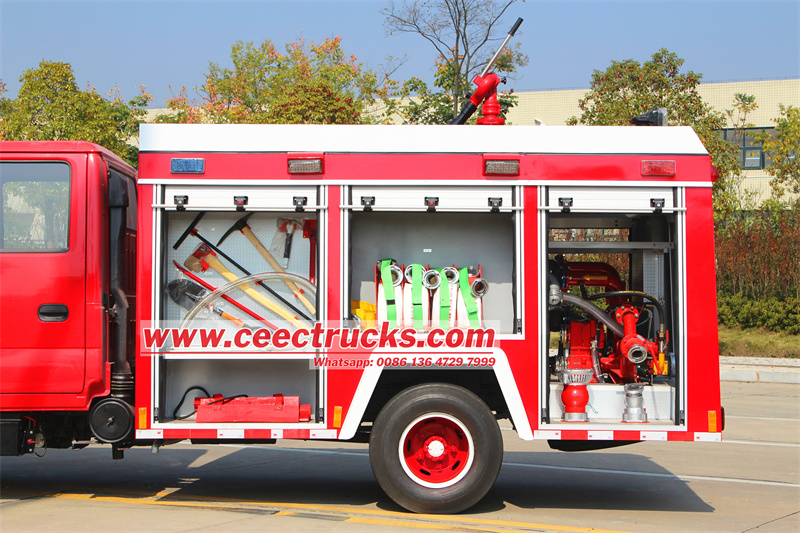
C. Vehicle storage
During the use and storage of Isuzu fire water trucks, attention should be paid to moisture-proof work to ensure that the humidity of the atmospheric environment where the Isuzu fire trucks are located is within a certain range to avoid corrosion problems [2]. Generally speaking, the atmospheric humidity range of 30%-50% is better for fire truck anti-corrosion. When controlling the atmospheric humidity range, you can use moisture-proof methods such as cold water or heated air, and use military water absorbent, sodium chloride, activated carbon or silica gel. and other auxiliary materials to achieve moisture-proof purposes. If you want to better improve the anti-corrosion ability of Isuzu fire trucks and extend their service life as much as possible, you must implement daily dust-proof treatment work, which can effectively reduce crevice corrosion. Relevant staff should regularly clean the Isuzu fire trucks and remove attachments and dust on the surface of the vehicles. This not only achieves effective anti-corrosion maintenance, but also makes the fire trucks more tidy and beautiful.
D. Take corrosion inhibitor method
In the context of the rapid development of fire truck manufacturing and application in my country, corrosion inhibitors are easy to use and operate,
It has the advantages of low cost, high efficiency and less use of preservatives, and has been vigorously promoted and applied to fire truck metal.
In the protection, it has a good protective effect. At the same time, appropriate use of advanced technology, filling methods and
The application of inhibitors can promote the anti-corrosion performance and service life of fire trucks.
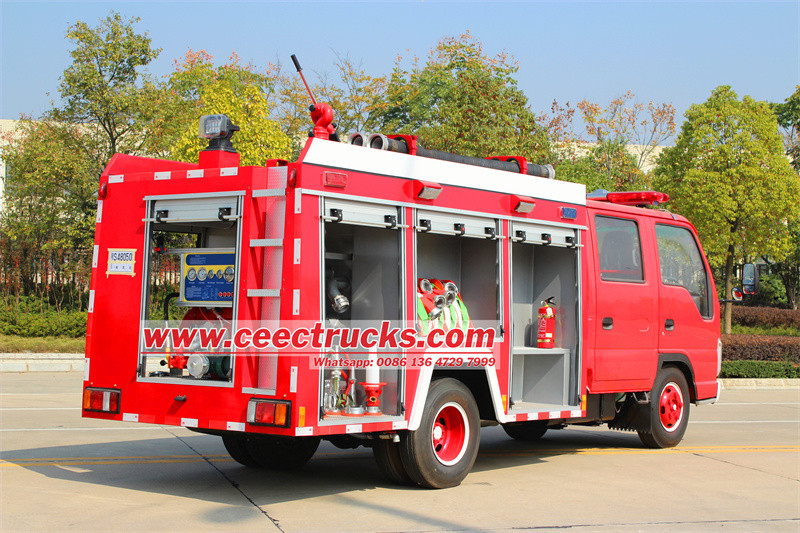
E.Corrosion repair
Isuzu fire truck rust repair is an effective measure to solve the problem of fire truck corrosion. During the storage and use of the vehicle, the corrosion situation of the Isuzu fire water truck should be checked on a regular basis to ensure that corrosion problems can develop in a timely manner, the cause of the corrosion can be found, and effective maintenance measures should be taken to deal with it reasonably. When dealing with the corrosion problem of Isuzu fire truck exterior paint, the rust layer caused by corrosion must first be removed to reveal the true color of the metal, then apply a suitable metal anti-rust coating on it, after it dries, apply topcoat. This can achieve good maintenance after repairs. In addition, brush plating, spray coating, etc. are all effective and practical coating methods for anti-corrosion repair and maintenance, and can be used flexibly according to specific corrosion conditions. In summary, through the common corrosion principles of Isuzu fire trucks, from the aspects of vehicle anti-corrosion design, construction, vehicle storage and rust repair, it is explained how Isuzu fire trucks can avoid the damage caused by corrosion to the vehicle, improve the completeness of the vehicle, and have a positive impact on fire trucks. Its design, use and maintenance have a positive effect.